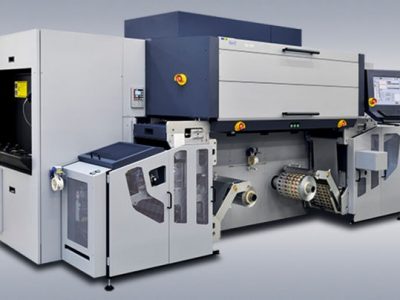With this advancement comes the critical need to accurately evaluate these systems’ performance. An accurate evaluation is crucial for assessing AI trading strategies’ effectiveness and identifying areas for improvement.
Evaluating AI trading systems extends beyond returns. During an evaluation, several factors are taken into consideration, including risk-adjusted performance, consistency, robustness, and adherence to specific trading objectives. This multifaceted approach is crucial because AI trading systems operate in complex, dynamic environments where simple profit metrics may not tell the whole story.
Key metrics for evaluating AI trading performance
Total return
While not sufficient on its own, total return remains a fundamental metric. It represents the overall profit or loss generated by the AI trading system over a specific period. However, it’s imperative to consider this metric in conjunction with others, as high returns may come at the cost of excessive risk.
Risk-adjusted returns
Risk-adjusted return metrics provide a more nuanced view of performance by considering the level of risk taken to achieve returns. Common risk-adjusted metrics include:
- Sharpe ratio – Estimates the excess return based on risk.
- Sortino ratio – Similar to the Sharpe ratio but focuses on downside volatility.
- Information ratio – Measures excess return relative to a benchmark, adjusted for underperformance risk.
These metrics help compare AI trading systems with different risk profiles.
Maximum drawdown
Peak-to-trough drawdown measures the largest fall in portfolio value. This metric is crucial for understanding the worst-case scenario and assessing the risk tolerance required to implement an AI trading strategy.
Win rate and profit factor
Win rate measures how many trades result in profits, while gross profits equal gross losses. These metrics provide insights into the AI trading system’s consistency and reliability.
Alpha and beta
A strategy’s alpha measures its excess return over its benchmark, while beta represents its sensitivity to market movements. These metrics help evaluate whether the immediate 1a pro air system generates value beyond passive investing.
Evaluating consistency and robustness
- Performance Across Different Market Regimes – It’s crucial to evaluate how an AI trading system performs across bull and bear markets or periods of high volatility. A truly robust system should demonstrate consistent performance across various market regimes.
- Stability of Returns – Analyzing the stability of returns over time can provide insights into the consistency of the AI trading system. Techniques like rolling window analysis assess how performance metrics evolve over different periods.
- Behavioural Analysis – Examining the AI trading system’s behaviour during extreme market events or black swan scenarios provides valuable insights into its risk management capabilities and potential vulnerabilities.
Best practices for evaluation
1. Use multiple metrics – Rely on a combination of performance metrics to get a comprehensive view.
2. Conduct rigorous backtesting – Implement robust backtesting procedures, including out-of-sample and forward testing.
3. Implement proper validation – Use cross-validation techniques to ensure results reliability.
4. Consider real-world constraints – Factor in practical considerations like transaction costs, liquidity, and operational constraints.
5. Regularly re-evaluate – Continuously monitor and re-evaluate performance as market conditions evolve.
6. Maintain transparency – Strive for transparency in evaluation methods and results reporting.
7. Seek independent verification – Consider third-party audits or evaluations to enhance credibility.
Thorough and ongoing evaluation is not just about measuring past performance but about ensuring the continued effectiveness and reliability of AI trading systems in the dynamic world of financial markets.













Comments